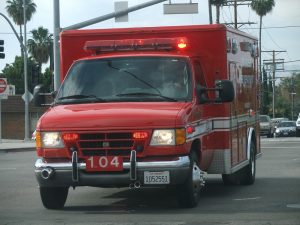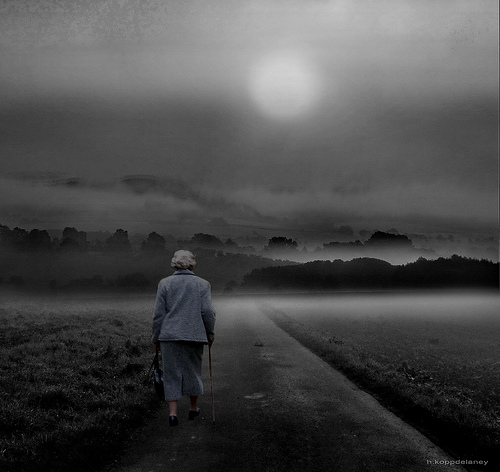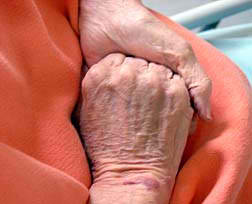 Whether your elderly loved one is located in a nursing home in Riverside County or a facility in another part of California, a recent article in Kaiser Health News suggests that natural disasters—and preparation for them—ultimately may reveal possibilities of increased risk of nursing home neglect injuries in facilities. The article cites information from a new report released by the U.S. Department of Health and Human Services Office of Inspector General. As that report explains, when federal health officials visited 20 nursing homes in the state to determine whether the facilities were prepared for natural disasters including fires and earthquakes, they determined that there were other more pressing safety violations at those nursing homes. We want to tell you more about the Kaiser Health News report and its findings.
Whether your elderly loved one is located in a nursing home in Riverside County or a facility in another part of California, a recent article in Kaiser Health News suggests that natural disasters—and preparation for them—ultimately may reveal possibilities of increased risk of nursing home neglect injuries in facilities. The article cites information from a new report released by the U.S. Department of Health and Human Services Office of Inspector General. As that report explains, when federal health officials visited 20 nursing homes in the state to determine whether the facilities were prepared for natural disasters including fires and earthquakes, they determined that there were other more pressing safety violations at those nursing homes. We want to tell you more about the Kaiser Health News report and its findings.
Nursing Homes Have More Serious Violations Than Mere Lack of Natural Disaster Preparedness
The federal health officials who visited nursing homes in California to determine their preparedness for a natural disaster found, by and large, that the facilities were not prepared for a natural disaster. Indeed, facilities were so unprepared that federal health officials indicated hundreds of nursing home residents throughout the state could be at serious risk of injury or even death. The article clarifies: “Inspectors found hundreds of potentially life-threatening violations of safety and emergency requirements, including blocked emergency exit doors, unsafe use of power strips and extension cords, and inadequate fuel for emergency generators.”
 Southern California Nursing Home Abuse Lawyer Blog
Southern California Nursing Home Abuse Lawyer Blog




 If residential facilities are not held to the fines levied against them by the California Department of Social Services when they’re found to have committed elder abuse or elder neglect, what is to stop these care homes from behaving negligently? It can be difficult to know whether a loved one has been subject to nursing home abuse and neglect, but it’s always a good idea to speak to an elder justice advocate. If you believe an older adult has been the victim of elder neglect, you should contact an experienced
If residential facilities are not held to the fines levied against them by the California Department of Social Services when they’re found to have committed elder abuse or elder neglect, what is to stop these care homes from behaving negligently? It can be difficult to know whether a loved one has been subject to nursing home abuse and neglect, but it’s always a good idea to speak to an elder justice advocate. If you believe an older adult has been the victim of elder neglect, you should contact an experienced  Unfortunately, even simple surgeries or procedures can turn deadly due to medical negligence. For example, the widow of a successful businessman has filed a
Unfortunately, even simple surgeries or procedures can turn deadly due to medical negligence. For example, the widow of a successful businessman has filed a 
 The American Academy of Neurology’s most recent
The American Academy of Neurology’s most recent  Our
Our 






